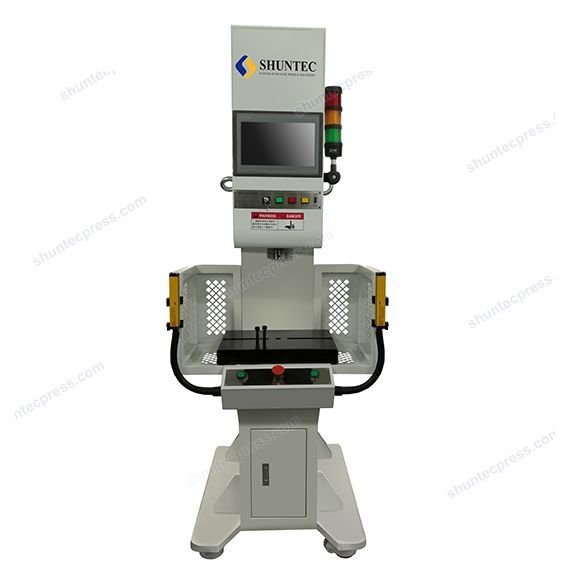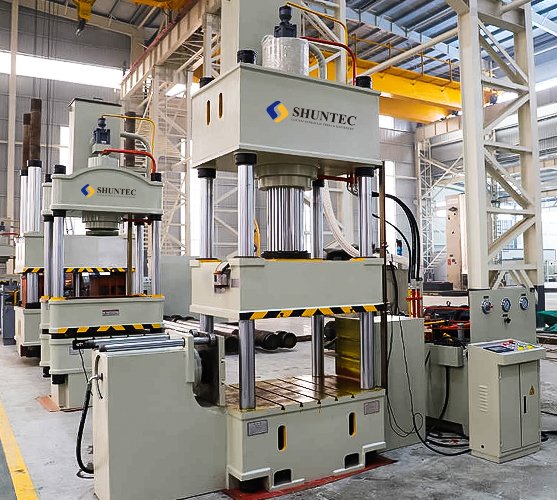Introduction
In today's world of high-speed production and heavy machinery, efficient power transfer systems have become essential. One such pivotal component is the hydraulic power pack. This article aims to unfold the mystery around what exactly a hydraulic power pack is, its objectives, applications, and how it functions.



Understanding the Hydraulic Power Pack
A hydraulic power pack is a standalone device used to generate a specific flow of fluid (usually oil) at a required pressure, which can be adjusted as per the demand. It is the primary driving component of any hydraulic system and is essentially a self-contained unit composed of a motor, a hydraulic pump, relief valves, level checks, and numerous other components that control flow, pressure, and direction.
The pump in the power pack generates flow (i.e., it moves the hydraulic fluid), while the motor powers the pump. The valves control the flow and pressure of the hydraulic fluid within the system, ensuring that it operates safely and efficiently. The relief valves protect the system from pressure surges, while level checks maintain the right quantity of fluid in the reservoir.
Hydraulic Power in Simple Words
Hydraulic power, in its simplest terms, is power transmitted through the pressure or movement of a liquid. This concept is based on Pascal's Principle, which states that pressure exerted anywhere in a confined incompressible fluid is transmitted equally in all directions throughout the fluid such that the pressure ratio remains the same.
Think of a water gun. When you pull the trigger, you're applying pressure to the water in a confined space (the reservoir). This pressure is transmitted through the water, forcing it out through the nozzle, thus propelling the water.
Similarly, in hydraulic power systems, an input force is applied, such as from a hydraulic pump, which increases the pressure of the hydraulic fluid in a confined space. This pressure is then used to perform work, such as moving a hydraulic actuator or turning a hydraulic motor.

The Objective of a Hydraulic Power Pack
The main objective of a hydraulic power pack is to convert mechanical power into hydraulic energy, which can be controlled and used efficiently. The power pack can adjust the pressure and flow of the hydraulic fluid to match the requirements of the system it's powering.
Hydraulic power packs offer several advantages. They are versatile and can be customized to suit various applications. Their compact size makes them suitable for use in space-constrained environments. They are durable, with many models capable of operating in harsh conditions. Moreover, they provide smooth, precise control, making them ideal for applications requiring high levels of precision and control.
Applications of Hydraulic Power Packs
Hydraulic power packs are ubiquitous in many industries due to their power, efficiency, and versatility. Here are some typical applications:
- Construction: They are used to power heavy machinery and tools such as excavators, loaders, concrete mixers, and drills.
- Manufacturing: They are widely used in automation systems to control and move mechanical parts.
- Marine Industry: Hydraulic power packs are used for various operations like adjusting the rudder, opening and closing doors, and operating lifting equipment.
- Automotive Industry: They are used in lifting equipment, car jacks, and in the operation of convertible tops.
- Aerospace: They are used in aircraft for moving control surfaces and landing gear.
- Energy Sector: In wind turbines, they are used to adjust the blade angle depending on wind speed.

The Mechanics of a Hydraulic Power System
A hydraulic power system, powered by a hydraulic power pack, operates on a simple principle: force that is applied at one point is transmitted to another point using an incompressible fluid, usually an oil. Here's a step-by-step explanation of how it works:
- The electric motor in the power pack powers the hydraulic pump.
- The pump sucks hydraulic fluid from the reservoir and pushes it into the system under high pressure.
- This pressurized fluid is then transmitted through hydraulic hoses to the hydraulic actuator (a hydraulic cylinder or motor, for example).
- The pressure of the fluid causes the actuator to move, performing work (such as lifting a load, moving an excavator's arm, or turning a motor).
- The fluid then returns to the reservoir, and the cycle begins again.
This way, a hydraulic power system can generate large amounts of power and transmit it over large distances with minimal loss. It's also highly responsive and adaptable, providing precise control over speed, direction, and force.
Conclusion
The hydraulic power pack, with its ability to efficiently generate, control, and transmit power, has become a cornerstone of many industries. Its advantages of versatility, durability, compact size, and precise control make it a preferred choice for a wide range of applications, from construction and manufacturing to the marine and aerospace industries.
By understanding the workings of hydraulic power and hydraulic power packs, we can appreciate the sophistication of these systems and how they contribute to the smooth operation of heavy machinery, automated systems, and much more. As technology advances, we can expect even more applications and improvements in hydraulic power packs, ensuring their place in the future of industry and technology.



